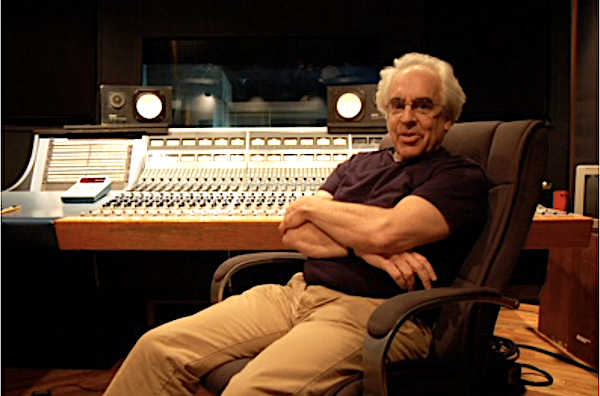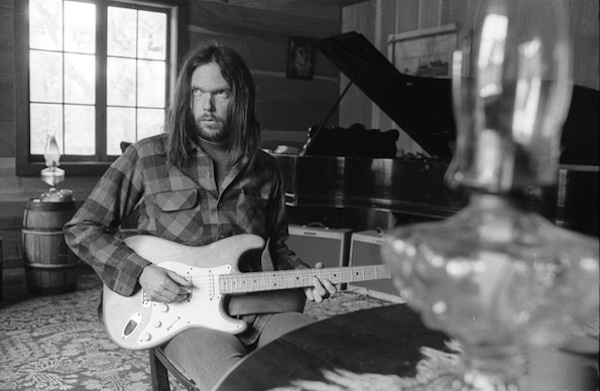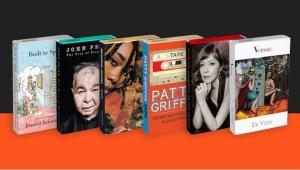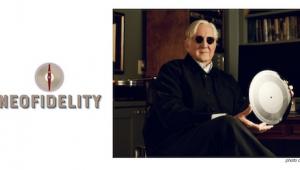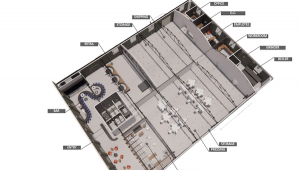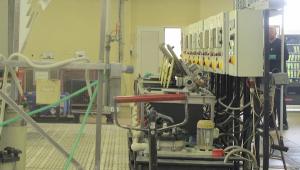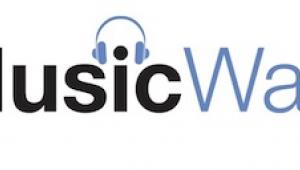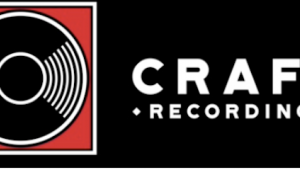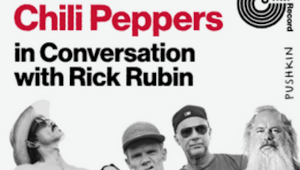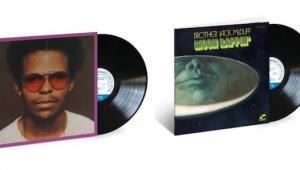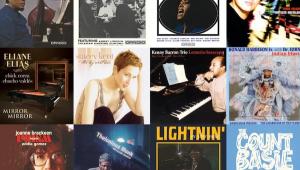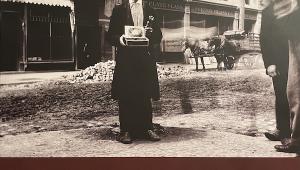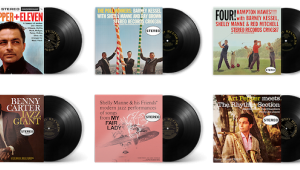>“I went to Nashville in 1963 to work on an album El Trio Los Panchos, a >famous Mexican group, for Columbia Records. I met those guys in New York. I >had told them if they came to Nashville and cut a Spanish version of the >Beatles’ song ‘Girl’ it would be huge hit. Live to two-track. Mono. It came >out and sold 4 million copies around the world."
Somehow I don't think he is getting the date right. 1963? Mikey?
